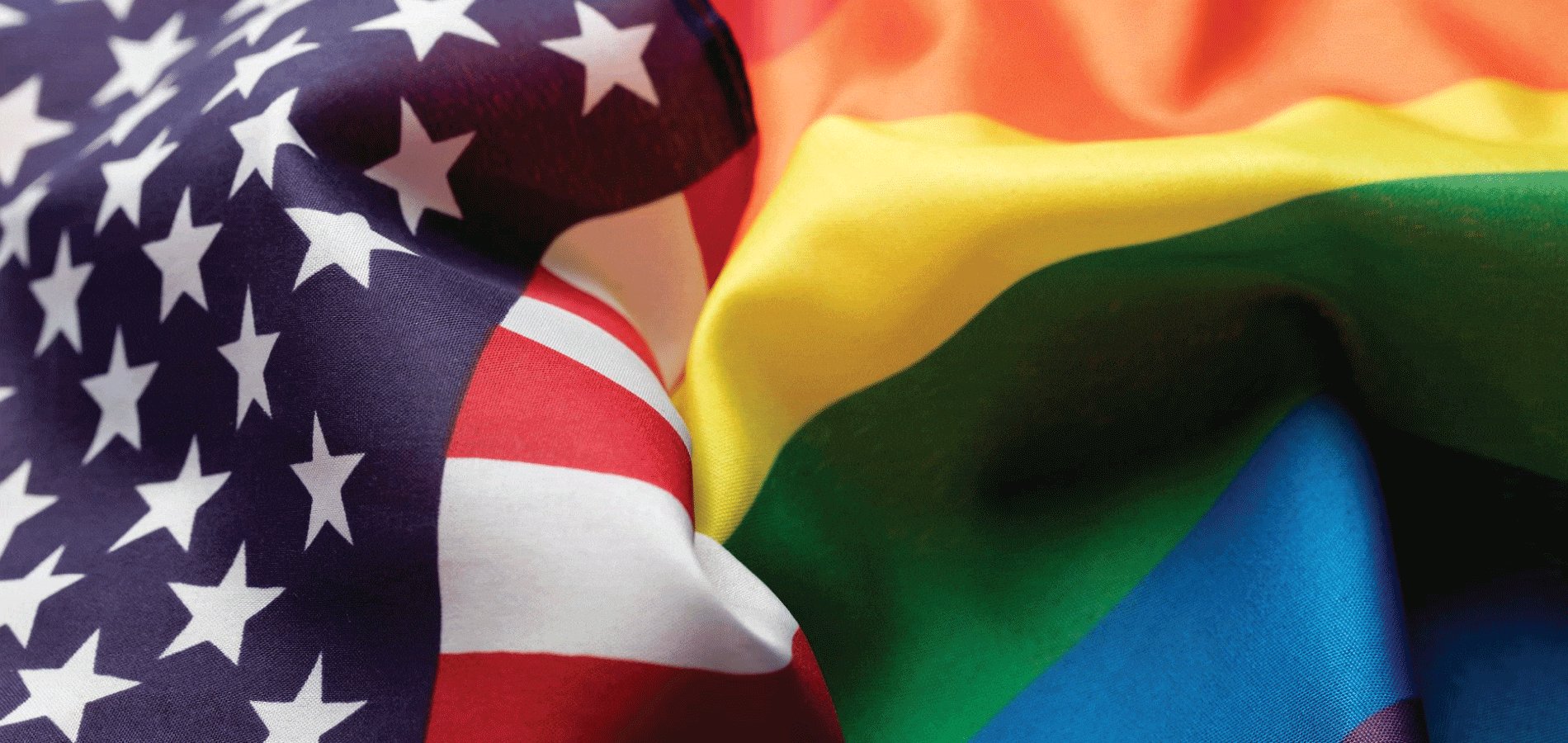Did you know that today is World Emoji Day? In recent years, emojis have evolved into an essential tool for expressing emotions and ideas, becoming nearly equivalent to words themselves. As of 2015, 92% of people use emojis in their online communications. Just check out this Emoji Tracker to view the realtime usage of emojis on Twitter. Furthermore, Oxford University Press named an emoji as its 2015 “Word of the Year.” Emojis are so popular that there was even a terrible movie made about them.
As true components of contemporary language, it’s no wonder that emojis are increasingly submitted as evidence in court cases all over the United States. A new era of communication has dawned, but has the U.S. legal system defined its standards for emoji interpretation? Join HeinOnline in exploring the ins and outs of emojis in the law.
Before We Get Started:
Don’t miss out! Make sure you have the databases we’ll be mentioning in this post. Follow the links below to start a trial today.
The Complicated World of Emojis
What Is an Emoji?
In case there are those who still don’t know, emojis are those tiny little pictures used by people of all ages in their texts, emails, and social media posts. The word itself stems from the Japanese: e (絵 – picture) + moji (文字 – written character). Popular emojis include various versions of the distinct yellow “smiley face” as well as different foods and drink, animals, objects, symbols, and more. According to Merriam-Webster, the word emoji can refer to “any various small images, symbols, or icons used in text fields in electronic communication … to express the emotional attitude of the writer, convey information succinctly, communicate a message playfully without using words, etc.” The group of symbols is regulated by the Unicode Standard, a system which applies a unique number to each computer character consistently across devices, platforms, programs, and languages. As of June 2018, the Unicode Standard includes 2,823 emojis.
What’s the Problem?
If there is a set standard for emojis, then what’s the big deal? A smiley face means “happy,” a red angry face means “mad”—shouldn’t be too hard to understand. Regardless, complications in emoji interpretation boil down to two main issues: (1) the varying forms of emojis across programs, platforms, and devices and (2) the varying interpretations of emojis by different individuals, communities, and cultures.
1. Emojis Can Vary Across Platforms
The Unicode Consortium provides a list of design guidelines for each individual character within the Unicode Standard; however, programs, platforms, and devices can take some creative license in their respective presentations of each character as long as the final product is kept within the realm of the guidelines. So, just as letters of the alphabet can appear to look different depending on the font used, emojis can present differently in terms of element orientation and color. This difference in presentation can cause significant variations in the emotional response to an emoji. For example, a survey from the University of Minnesota, Twin Cities asked individuals to describe the “grinning face with smiling eyes” emoji, whose visual representation varies greatly between Apple, Google, Microsoft, Facebook, Twitter, and other keyboards. The wide range of strongly negative to strongly positive associations toward the image demonstrates a high potential for miscommunication.
2. People Can Interpret the Same Emoji Differently
The larger overarching issue lies in the subjectivity of emoji interpretation, even when the emojis visually appear the same. Among its many functions, an emoji could be used to emphasize the meaning of accompanying text, to apply an emotional quality to the text, or even to substitute for text entirely. However, unlike other aspects of written language, emojis lack a dictionary definition, clearly outlined connotations, and a determined syntactic function. This ambiguity has understandably led to differences in the way individuals within different communities and cultures view a particular emoji. Older individuals may take the eggplant and peach emojis, for example, at face value as simply cartoon depictions of a vegetable and a fruit. Younger users, however, increasingly associate the eggplant and peach emojis with sexual connotations. We’ll leave you to guess what those connotations are, but suffice it to say—they’re not safe for work.
Emojis and Their Legal Interpretation
In the coming years, emojis may play a significant role in cases of serious crimes like human trafficking, child grooming, sexual abuse, murder, and more. In some cases, the images have already been a point of contention. For example, in the 2019 pimping, pandering, and human trafficking case, People v. Jamerson, substantial evidence was offered in the form of text messages which included the high heels, money bags, and crown emojis. Prosecutors argued that the emojis denoted a working relationship between the accused and the woman in question, while the defense rested on the ambiguity of the images to claim that the relationship was romantic.
In his article “Emojis and the Law,” professor Eric Goldman surveys a number of other court cases which illustrate the tools in place for understanding and interpreting emojis within the judicial system. Elonis v. United States, for example, regarded a recently divorced man—Anthony Elonis—who had posted a series of lyrics and statements online that could be perceived as threatening toward his ex-wife, local law enforcement, an FBI agent, a kindergarten class, and other entities. One of the statements considered as a possible threat included “Tell Riley he should dress up as Matricide for Halloween. I don’t know what his costume would entail though. Maybe your head on a stick? :-P”. Elonis was originally convicted on four of five counts of threats and was subsequently sentenced to 44 months in prison. In 2015, Elonis appealed to the Supreme Court based on a lack of intent to threaten and his right to freedom of speech. Sticking points like the placement of the one “tongue sticking out” emoji led the Supreme Court to ultimately reverse Elonis’ conviction.
Users can find Elonis v. United States in HeinOnline’s Supreme Court Library. In the Advanced Search option hyperlinked in blue under the main search bar, users will see a series of boxes for searching Supreme Court metadata. Next to “Case Name,” simply type “elonis v. united states” to view the case as the first result.

There are some cases, like the above, which demonstrate a growing capacity for interpreting emojis under U.S. law. In other cases, however, prosecutors have chosen to completely eliminate the discussion of emojis by reading the text aloud as in United States v. Ulbricht, a case regarding participation in narcotics trafficking, computer hacking, and money laundering.
The implications of misinterpreting emojis or completely eliminating them as evidence in court cases could be severe. In his article, Goldman recommends that the legal interpretation of emojis should therefore take into account not only the textual and situational context but also the versions of each emoji as actually seen by each party involved.
Users can easily perform their own survey of legal interpretations of emojis with HeinOnline. For the study of case law, HeinOnline has partnered with Fastcase, a leading next-generation legal research service that features powerful “best-case-first” tools that make research faster than ever. This partnership offers access to a wide array of case law at the federal and state levels and enables HeinOnline users to access the full text of cases through their HeinOnline subscription.
To find cases that mention emojis or emoticons, enter Fastcase from the HeinOnline welcome page. In the main search bar, perform a full-text search for emoji* OR emoticon* to find nearly 180 cases that discuss either term or their pluralizations. Searches with variations of the word “emoji”—such as “smiley face”—will yield even more relevant results.
For further academic discourse on the subject, simply enter HeinOnline’s Law Journal Library and perform a search for emoji* OR emoticon*to bring up more than 520 results. Relevant articles include:
- Emojis and Emoticons in Court
- The Emoji Factor: Humanizing the Emerging Law of Digital Speech
- Emoticons and Emojis: Hazards to Be Aware of in Discovery
- Hearsay in the Smiley Face: Analyzing the Use of Emojis as Evidence
- Emoji: The Caricatured Lawsuit
Remember—an eggplant is not just an eggplant. Avoid online faux pas, celebrate official and unofficial holidays, learn about hot topics in the news, and more by smashing the Subscribe button.
Don’t forget to connect with HeinOnline on our social media platforms: Facebook, Twitter, Instagram and YouTube.



